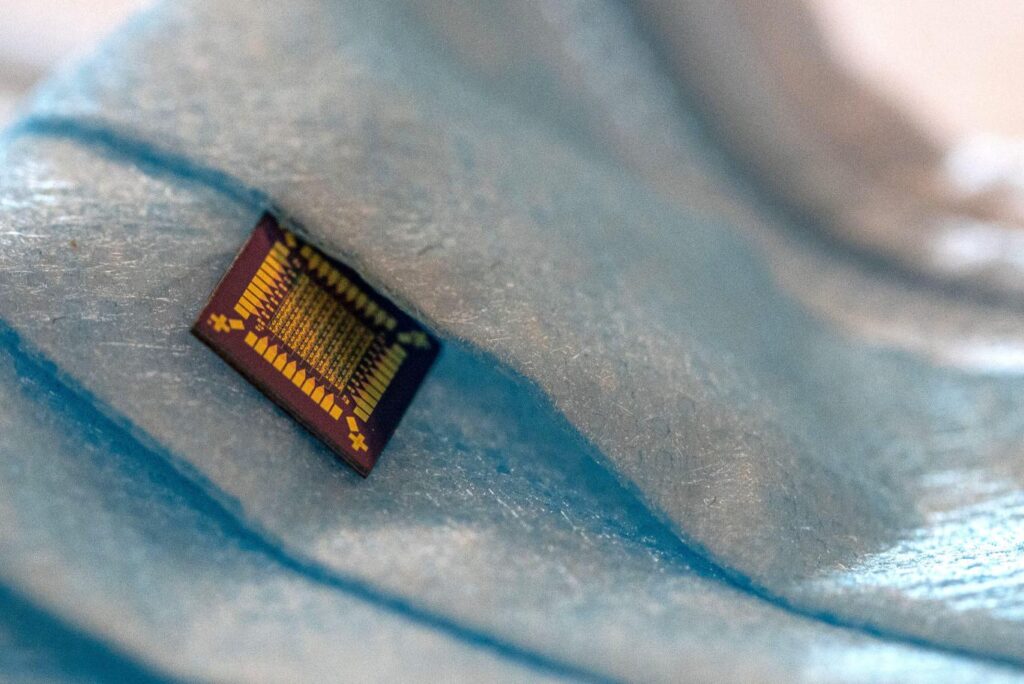In a groundbreaking fusion of biology and technology, researchers have unlocked the potential of silk in revolutionizing transistor design. This innovative approach promises a myriad of applications, from highly sensitive sensors to advanced medical diagnostics.
Enhancing Transistors with Silk
Traditionally, transistors have been crafted from inorganic materials like minerals and metals. However, the integration of organic materials such as silk presents a paradigm shift, offering transistors unprecedented capabilities. Silk’s remarkable properties, including versatility and biocompatibility, make it an ideal candidate for enhancing transistor functionality.
- Versatility and Control: Silk’s adaptability allows for the integration of various molecules, enabling diverse functions within transistors.
- Biocompatibility and Sustainability: With water as its solvent, silk ensures biocompatibility and sustainability, aligning with the growing demand for eco-friendly technologies.
Unveiling Hybrid Transistors
In a recent study, researchers successfully incorporated silk into transistors, demonstrating its potential as an insulating material. By depositing silk films with nanoscale thickness on chips and etching them with micrometer-wide features, the team achieved remarkable results.
- Ultrafast Sensors: The nanoscale thinness of silk films enables rapid response to environmental stimuli, facilitating the development of compact, ultrafast sensors.
- Breath Analysis: Hybrid transistors equipped with silk insulators exhibit exceptional sensitivity to changes in humidity, offering promising applications in breath analysis for detecting various health conditions.
Future Prospects
Looking ahead, researchers envision a multitude of applications for silk-based transistors, ranging from medical diagnostics to artificial intelligence systems. By leveraging silk’s unique properties and scalability, the possibilities for hybrid electronics are virtually limitless.
- Medical Diagnostics: Silk-based transistors hold potential for analyzing breath and blood samples, enabling the detection of cardiovascular, pulmonary diseases, and monitoring vital signs.
- Artificial Intelligence: Hybrid transistors could pave the way for brain-mimicking circuits capable of self-learning, environmental responsiveness, and memory recording, driving advancements in artificial intelligence.
In conclusion, the integration of silk into transistors marks a significant milestone in the evolution of electronic devices. As researchers continue to explore and refine this innovative approach, the era of hybrid electronics fueled by silk-based transistors is on the horizon, promising transformative impacts across industries.
The scientists at Tufts University detailed their findings in the journal Advanced Materials.
Article Source: Tufts University and IEEE Spectrum
Image Source: Silklab









